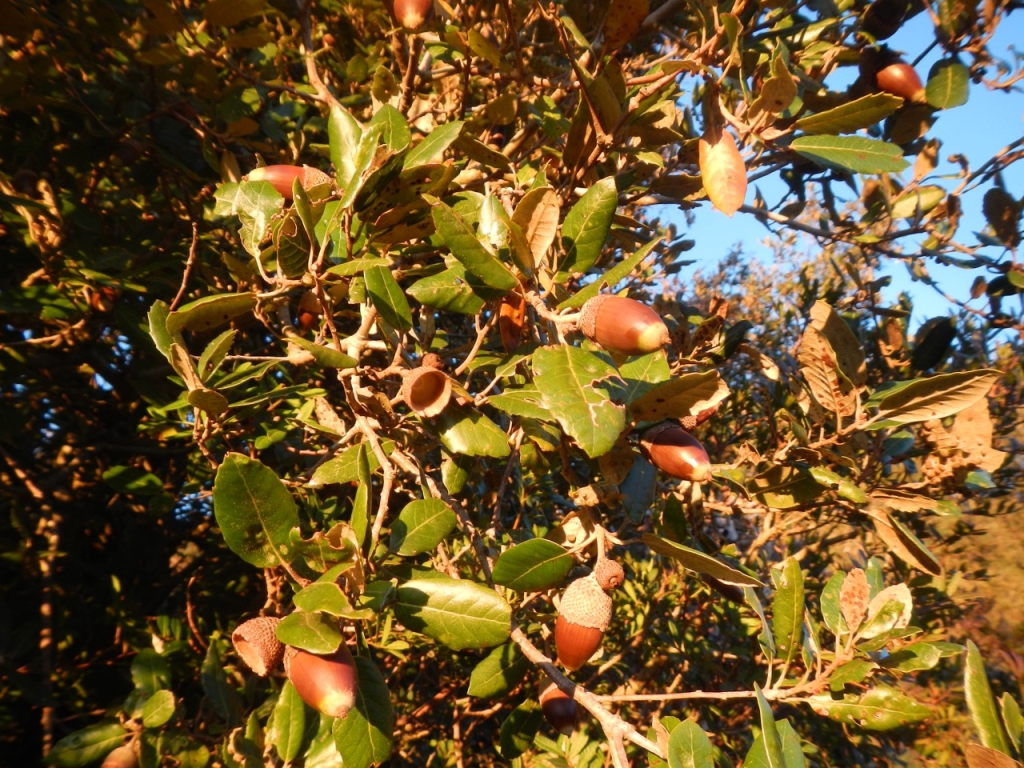
Being extremely widespread in mild, coastal climates, the holm oak has always played an important role in Mediterranean civilisations as an economic and production resource. This evergreen tree has always provided valuable firewood, being very compact and strong, burning slowly and producing intense heat. For the same reasons, its timber was traditionally used in charcoal burning, together with briar and arbutus wood, for making charcoal, a key resource on Elba for ironworking.
The island is still covered with extensive areas of what was once underwood, woods for producing timber and charcoal, where felling was performed every 15-20 years, the trees still featuring multiple trunks growing out of the stumps. Its wood is hard, compact and rich in tannins, making it difficult to work with a tendency to warp. Nonetheless, it was used in carpentry for making furniture and heavy-duty components like cart axles, tool handles and railway sleepers when these were still made of wood. In the shipbuilding tradition, holm oak was used to make the keels of wooden vessels and other, generally small components subject to wear for the ships of old.
In winemaking, holm oak timber was used to make the spacer blocks for winepresses. The very strong spinning tops once used in Elba's town squares, by adults as well as children, were also made from holm oak. Due to its abundance of tannins, holm oak bark was routinely used in tannery, as were the tree's fruits (acorns) in ancient times. Its acorns were also used as fodder for animals and, at one time, toasted and ground for making flour. With regard to officinal and medicinal uses, literature describes the use of condensed tannins obtained from its acorns, bark, buds and roots. These also yielded variable quantities of resins, pectins and flavonoids. Due to the particular composition of its phytocomplex, the species is used in herbal medicine for treating diarrhoea and mild inflammations of the mucous membranes.
Bees collect holm oak pollen for making honey. The ancient Greek and Italic civilisations considered it a sacred tree. Druids built their altars using holm oak wood and, in Celtic culture, this tree symbolised sanctity and hospitality. In symbolic terms, the holm oak also represents strength, longevity and dignity.





